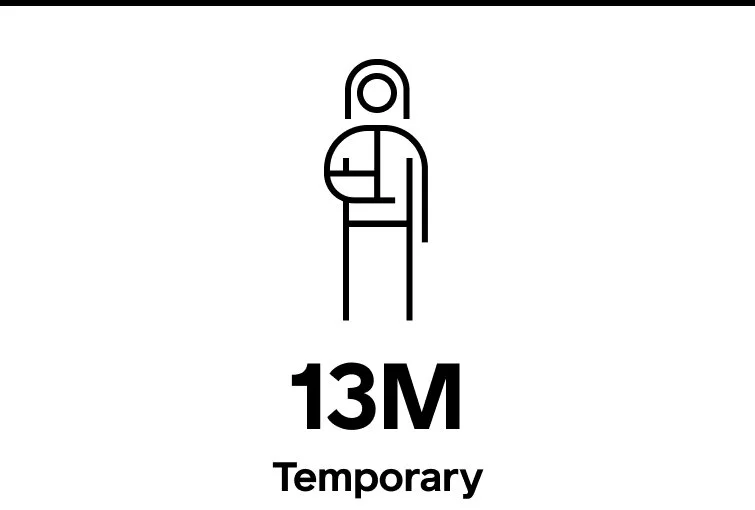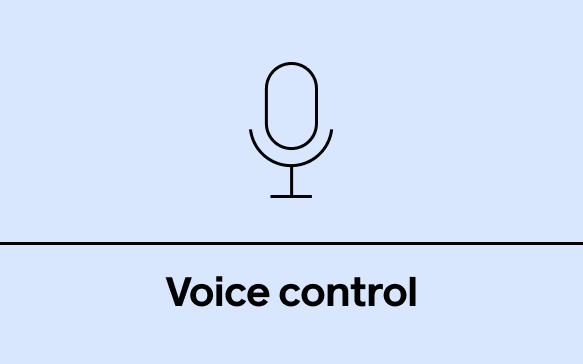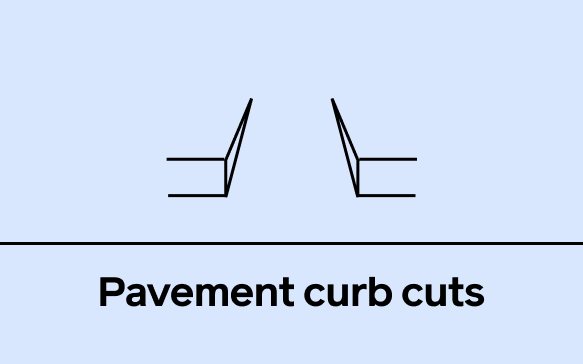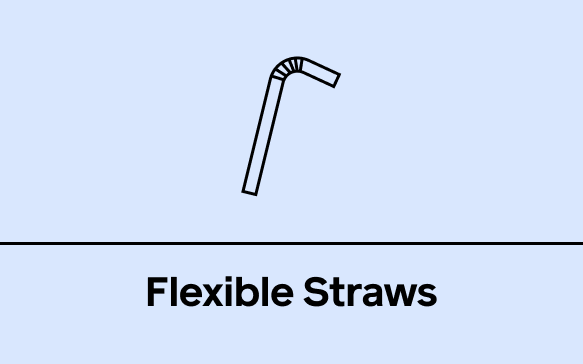
Business Benefits of Inclusive design.
As much as 40% of UK households have at least 1 disabled person and the overall spend of people with disabilities in UK is £274bn.
Here we would like to share the benefits of adopting inclusive design methods for your business.
Here are 3 distinct reasons why your business should adopt inclusive design methods.
You can expand your audience reach ethically.
Boost the product usability for all your customers.
Become a truly ethical and innovative brand.

1.
Expand your audience reach, ethically.
Traditional user research and product development processes leave large audiences out of the view. Most product teams design services for people like them. And usually those teams are not neurodivergent. That leads to millions of people being left out of their strategy, simply because they don’t access information the same way most product teams do.
This traditional mindset might be costing you 20-30% increase in your user-base. According to the 2019 survey 1 in 5 people in UK has a disability. We know it sounds shocking, but remember that 70% of all disabilities are invisible.
How many people cannot have access to your services because their needs have not been taken into account?

14.1 million
People in the UK are disabled
40%
Of households have at least one disabled person
1 in 5
People in the UK are disabled
70%
Of disabilities are invisible

That is where inclusive design strategy can help you. It’s goal to dive deep into your current product and analyse it from various angles, discovering new opportunities, as well as flagging current usability issues for your current target audience.
Inclusive research will not only assess your hypothetical “average” users and test your current hypothesis, but it will also look into other user groups that are using your product right now. It will help you enhance your product for those users, as well as open your services for other user types.
There five steps to inclusive strategy research:
1. Understand the context, objectives, hypothesis and risks
2. Agree approach, methodologies and deliverables
3. Specify user segments and find participants
4. Arrange and facilitate interviews
5. Analyse the data and highlight business opportunities
Please visit our Inclusive Research page to read more on the stages of research and to find out how we can be help with your product.
2.
Boost the usability of your product.
Today, disability as a permanent condition is an outdated way of thinking. Kat Holmes, leading her Inclusive design team at Microsoft has created a Persona Spectrum, that helps product teams to understand their users from permanent, temporary, and situational scenarios. For example, hearing disability doesn’t have to be a permanent condition only. Someone who has an ear infection has a temporary disability and will be looking for products that are still useful in that state. Or a bartender, who’s lack of hearing will be situational.
The spectrum is a quick tool to help foster empathy and to show how inclusive design solutions will help your product scale to a broader audience.
It is now widely used in design industry as the key concept of inclusive design.
This approach also helps with understanding numbers of people who can benefit from a feature created for a specific condition (these are US stats). In the United States, 26,000 people a year suffer from loss of upper extremities. But when we include people with temporary and situational impairments (13 Million), the number is greater than 20 Million a year.
For example, a device designed for a person who has one arm could be used just as effectively by a person with a temporary wrist injury or a new parent holding an infant.
21M+ Total Market for people with disability
Survey in US
Spectrum and the idea of illustrations created by Microsoft team
“Solve for one, extend to many” approach brings you a huge opportunity to reach out to new users that have various degrees of disability, as well as build customer loyalty, while supporting them through their transitions within a spectrum.
There is no such thing as a “normal” user. It is a completely outdated way of looking at real people, who will be using your product. There are over 30 different types of diversity. Here is just a short list of just a few of them:
Thankfully there are many activists and groups that brought awareness around most of these diversities. Yet, the two large groups - Neurodiversity and Physical ability/disability are still remain invisible and often unintentionally overlooked during the product development.
It’s especially interesting as ability category unites all human beings as everyone gains and looses abilities over the course of their lifetime.
Inclusive design practice can be easily integrated into your current product development process, as it is based on the common product building process:
1. Ideate and Evaluate you current product
2. Create, Test + Prototype the inclusive solution
4. Learn, Iterate and Repeat the process (Agile way of working)
5. Finalise the solution
6. Finalise the design
Check our Inclusive design page to learn more about the Inclusive design methodology.

3.
Become a truly ethical and innovative brand.
There are three ways in which incorporating inclusive design will be beneficial to your company:
a) You will bring a word “innovative” into your company description.
Such tech giants as Google, Microsoft and AirBnb, understand the benefits and opportunities that lie behind diversity. By creating products that are convenient to people with a certain disability, you will be creating products that are useful to all. Diverse management teams were more innovative than less diverse teams, confirmed BCG after surveying 1700 companies of varying sizes and differing country locations. Companies with above-average diversity produced a greater proportion of revenue from innovation (45% of total) than from companies with below average diversity (26%). This 19% innovation-related advantage translated into overall better financial performance.
Here is a list of inventions that were originally created for people with disabilities:


This list and many other case studies show that solving a problem for people with very specific needs, often lead to innovations and creating a product that works well for very large audiences.
b) User research and clear problem solving will make your team more motivated.
Research from Catalyst has found that diversity and inclusion benefit individuals, organisations, teams and society. According to a Catalyst 2019 study, organisations with inclusive business cultures and practices are 57.8% more likely to improve their reputations.
Consumers are more likely to purchase, or consider purchasing, a product after viewing an advertisement perceived to be diverse or inclusive.
Employees who view their workplace as inclusive are also likely to consider their organisation to have ethical value.
Inclusive company culture has been proven to be incredibly beneficial to business. A 2016 Deloitte study has found that businesses with an inclusive culture are twice more likely to exceed their financial target and up to 6 times more likely to be innovative and agile. Overall the study concluded that companies with inclusive cultures are 8 times more likely to achieve better business outcomes.
Organisations with inclusive cultures are:

2X
as likely to meet or exceed financial target
3X
as likely to be high-performing
6X
more likely to be innovative and agile
8X
more likely to achieve better business outcomes

c) You will better understand your product and have a clearer purpose.
At the heart of the inclusive design approach is a constant focus on customers and a problem that you are trying to solve as a business. By bringing inclusive design approach into your teamwork, you will allow them to get closer to real people, dealing with real problems, everyday. It will inspire your team by bringing them closer to real outcomes of their work, as well as give them more space to understand the real-life interactions with your product. There can be no better way for your teams to strategise, plan and improve your product than by seeing it in action and being close to the real environment in which your product solves a certain problem.
With Inclusive design approach you can expand your user-base and increase your sales at teh same time. It creates more innovation, creates more current customer loyalty and better company culture.
Want to learn more about Inclusion as a company?
See what we offer for Upskilling your team .

See how we did it in practice:
We designed an accessible experience and design system for M&S.com, that is consistent, user-centered and responsive.
What we can do together.
Expand your audience ethically.
Analyse, strategyze and expand your current audience ethically.
Design for people, fast.
Analyse, strategyze and expand your current audience.
Invest into your team.
Let us show your team how to apply inclusive design processes and methods.
Learn more.
Invite us to to talk at your event or share our insights with your company.

Get in touch.
Prefer the regular email?
Let us know about yourself and how we might be of help to you.
Email us on:





























